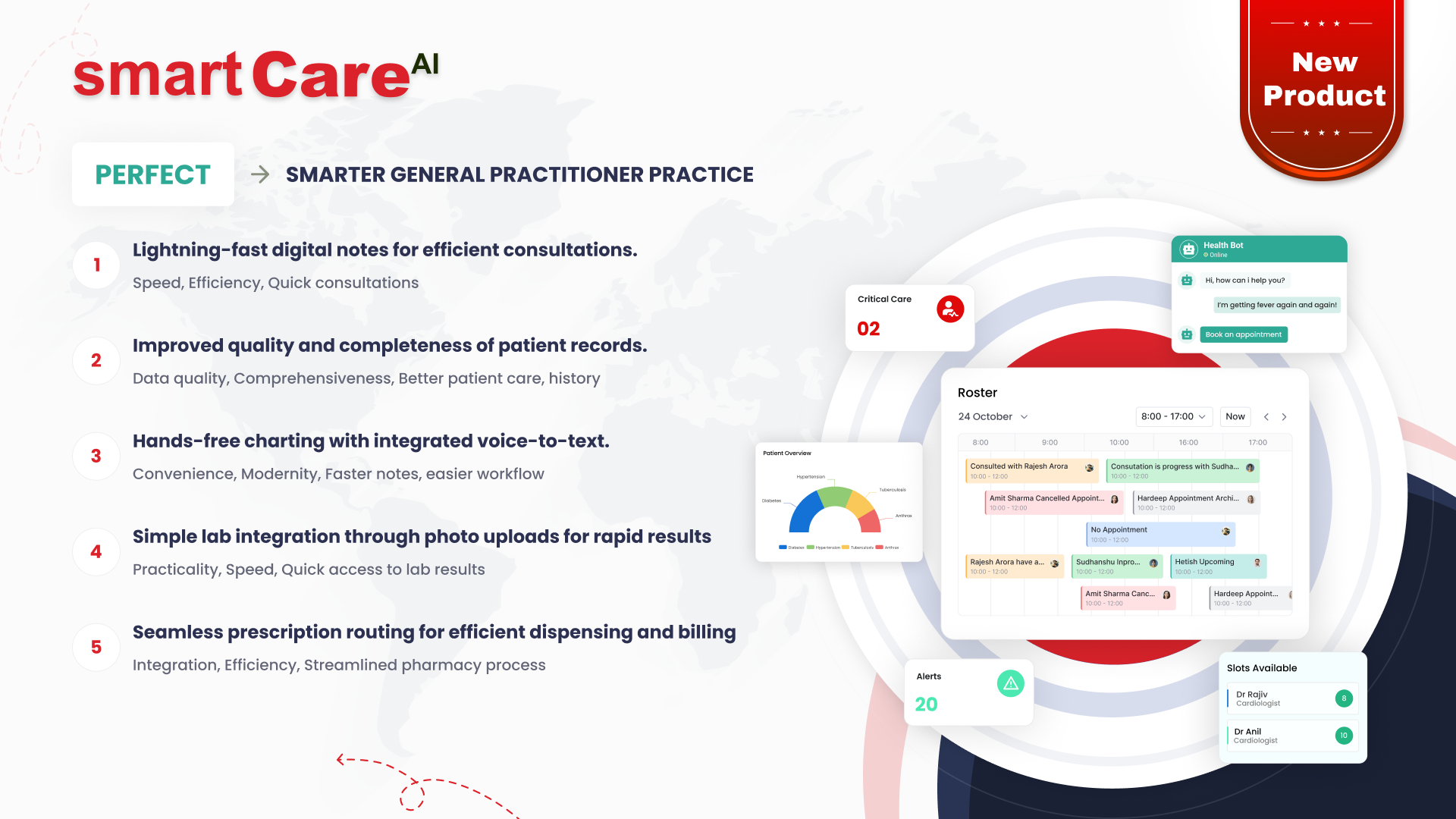
Posted On October 18, 2024
How Digital Healthcare Solutions are Improving Mental Health Services
Introduction to Digital Healthcare in Mental Health
Digital healthcare solutions are transforming the way mental health services are delivered. With the growing need for mental health support, technology has emerged as a powerful tool in providing accessible and effective care. These solutions not only enhance patient engagement but also facilitate timely interventions, making mental health services more efficient.
The Rise of Teletherapy: A New Era in Mental Health Support
Teletherapy has become a popular option for individuals seeking mental health support. This approach allows patients to connect with licensed therapists through video calls, phone calls, or chat platforms. Teletherapy removes barriers such as geographical limitations and scheduling conflicts, making it easier for individuals to access the care they need from the comfort of their own homes.
Mobile Apps and Their Role in Managing Mental Health
Mobile applications are playing a significant role in managing mental health. These apps offer various features, including mood tracking, guided meditation, and cognitive-behavioral therapy exercises. By providing users with tools to monitor their mental well-being and access resources at their fingertips, mobile apps empower individuals to take charge of their mental health journey.
Benefits of Virtual Reality in Mental Health Treatment
Virtual reality (VR) is emerging as an innovative treatment option for various mental health conditions, including anxiety and PTSD. By immersing patients in controlled environments, VR can help them confront their fears and practice coping strategies. This engaging approach can lead to significant improvements in treatment outcomes, offering a new dimension to traditional therapy methods.
Wearable Technology: Tracking Mental Well-being
Wearable devices, such as smartwatches, are increasingly being used to track mental well-being. These devices can monitor physiological indicators, such as heart rate and sleep patterns, providing valuable insights into an individual’s mental health status. By combining real-time data with personalized feedback, wearable technology helps users become more aware of their mental health and encourages proactive self-care.

AI and Machine Learning: Revolutionizing Mental Health Diagnostics
Artificial Intelligence (AI) and machine learning are transforming the way mental health conditions are diagnosed and managed. These technologies can analyze vast amounts of patient data, identify patterns, and predict mental health issues more accurately than traditional methods. For example, AI algorithms can track behavioural changes through social media activity, wearable devices, or health records, helping clinicians detect early signs of depression, anxiety, or other disorders. By automating these processes, AI not only speeds up diagnostics but also enables more personalized treatments for individuals.
Data Security and Privacy in Digital Mental Health Solutions
With the rise of digital healthcare solutions, safeguarding patient data has become a top priority. Mental health data is highly sensitive, and ensuring its security is crucial. Advanced encryption techniques, secure cloud storage, and strict compliance with data privacy laws such as GDPR are now being integrated into digital mental health platforms. This provides users with the confidence that their personal information remains private and secure, making them more likely to engage with these technologies for their mental well-being.
Integrating Digital Solutions with Traditional Mental Health Practices
While digital healthcare solutions are gaining popularity, they do not entirely replace traditional mental health practices. Instead, they complement them. Virtual sessions, AI-based assessments, and mobile apps are designed to work alongside face-to-face therapy, creating a more holistic treatment approach. For example, patients can use mental health apps to track their mood between therapy sessions, which therapists can then review to adjust treatment plans. This blend of digital and traditional care enhances overall patient outcomes and ensures a continuous support system.
Accessibility of Digital Mental Health Services in Remote Areas
One of the most significant benefits of digital healthcare solutions is their ability to provide mental health services to people in remote or underserved areas. Traditional mental health services are often unavailable in rural locations, but with the advent of teletherapy and mobile apps, anyone with an internet connection can access mental health support. This increased accessibility is crucial for those who may not have had any mental health resources available before, enabling them to receive the care they need without the need for physical travel.
Challenges and Limitations of Digital Mental Health Solutions
Despite their many benefits, digital mental health solutions do face certain challenges. Not everyone is comfortable using technology for personal mental health matters, and some may find the lack of face-to-face interaction less effective. There are also concerns about over-reliance on AI, which, despite its accuracy, cannot fully replicate the empathy and understanding of a human therapist. Additionally, internet access and digital literacy are barriers for some populations, limiting the reach of these services. Addressing these challenges is essential to ensure that digital solutions are inclusive and effective for all.
Conclusion
Digital healthcare solutions are revolutionizing mental health services by making care more accessible, engaging, and effective. From teletherapy and mobile apps to virtual reality and wearable technology, these innovations provide valuable resources for individuals seeking support. As we continue to embrace these advancements, the future of mental health care looks promising, ensuring that help is available when and where it’s needed.
